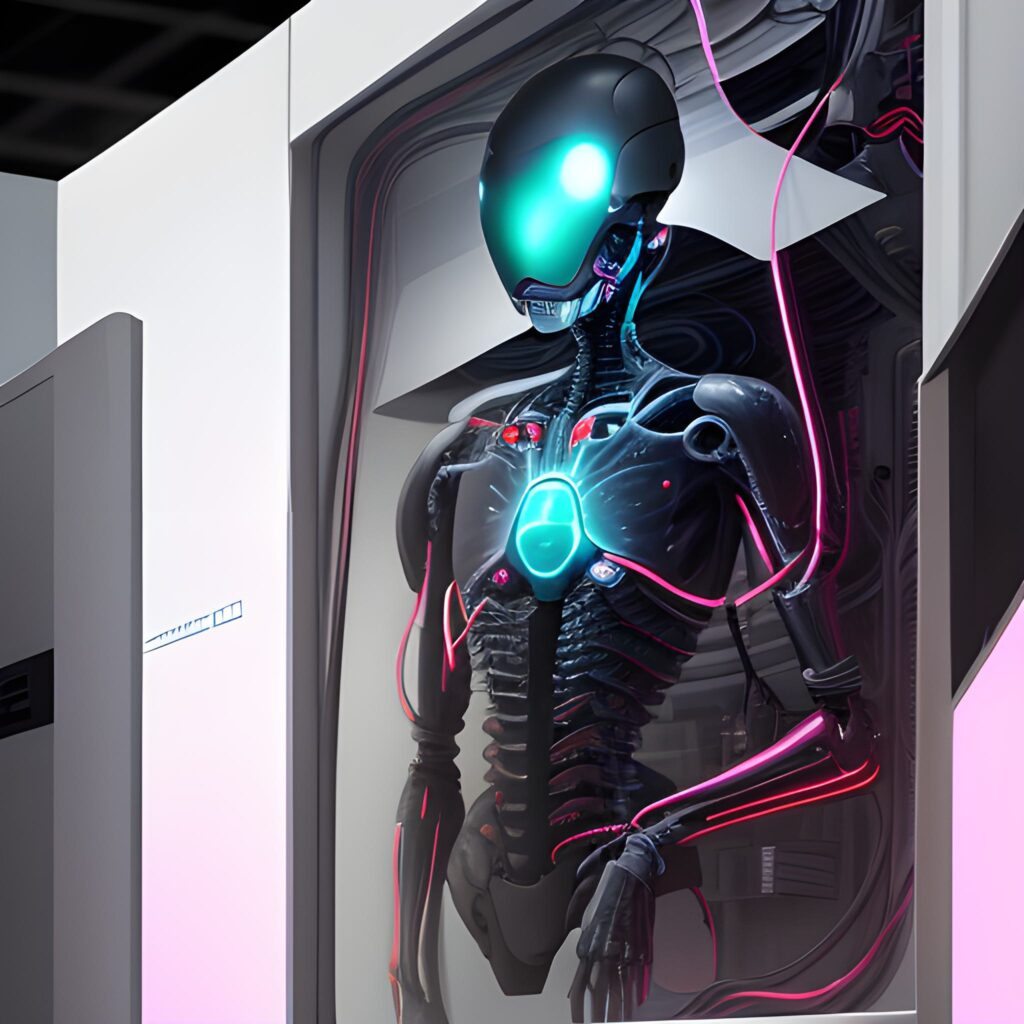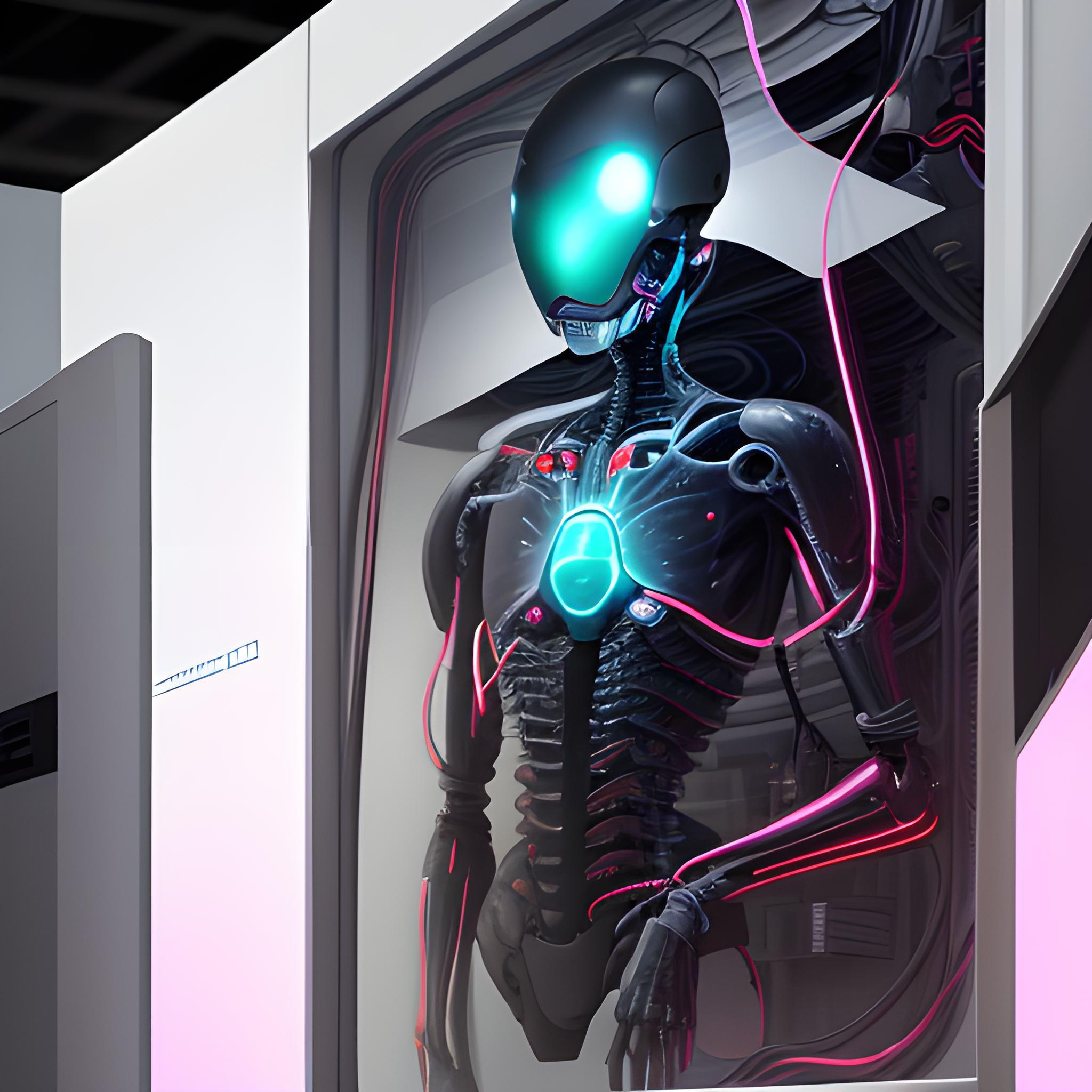The Future of AI: Sam Altman Discusses OpenAI’s Plans Amidst GPU Constraints

Unveiling the under-the-hood operations and ambitions of OpenAI, Sam Altman, the organization’s helmsman, participated in a riveting discussion last week. Joined by Raza Habib, CEO and Co-founder of Humanloop, Altman provided insights into OpenAI’s mission, product development strategy, and the broader implications of AI on societal fabric.
The Great GPU Bottleneck: A Roadblock for OpenAI
Altman, during the discourse, candidly revealed that the organization is presently battling a critical GPU shortage, which is hindering the progress of their short-term initiatives. This deficit has had a significant impact on the API’s dependability and speed, triggering dissatisfaction among customers.
The root cause of the problem has been identified as the scaling of attention in the 32k context, which follows an O(n^2) pattern. This issue remains unsolved, limiting the number of users to whom it can be extended. Altman acknowledged the challenge but remained hopeful about reaching token context windows in the range of 100k to 1M in the near future. However, exceeding these limits would necessitate a significant research breakthrough.
The finetuning API, crucial for model optimization, is also under siege due to the GPU shortage. Currently, efficient finetuning methodologies like Adapters or LoRa are not being utilized, making finetuning a computationally heavy process. Altman, however, assured that better finetuning support is in the pipeline. He even hinted at the possibility of hosting a marketplace featuring models contributed by the community.
Paving the Road for 2023 and Beyond
OpenAI’s provisional near-term roadmap, as presented by Altman, depicts an exciting future for the organization and its users. The organization’s central priority for 2023 is the optimization of their GPT-4 model, with an emphasis on enhancing speed and reducing costs. Also on the agenda are plans to extend the finetuning API to the latest models, based on developer feedback and requirements.
Altman also shed light on another pivotal improvement – the Chat API. In its future version, the API will become stateful, remembering the conversation history, thus eliminating the need to repeatedly pass the same conversation history and pay for the same tokens.
Peeking further into 2024, OpenAI has ambitious plans to introduce multimodality, a feature that was previewed during the release of GPT-4. The implementation of this feature, however, is contingent on the availability of more GPUs.
ChatGPT and API Plugins: Decoding the Potential
Despite the buzz created by ChatGPT plugins among developers, Altman expressed doubts about their imminent release. He suggested that developers are more eager to integrate ChatGPT into their apps rather than embedding their apps within ChatGPT.
Addressing developers’ fears of potential competition from OpenAI’s own products, Altman reassured them that the organization has no plans to release more products beyond ChatGPT. He envisions ChatGPT as a highly intelligent assistant for work, leaving other GPT use-cases untouched and open for developers to explore.
Walking the Tightrope: Regulation and Open Source
Altman highlighted the critical balance between the regulation of future models and the significance of open source. Despite advocating for open source, he expressed skepticism about the ability of individuals and companies to host and serve large Language Models (LLMs), which has been a key factor behind the delay in open-sourcing GPT-3.
In the context of the ongoing discourse on the future of AI scaling, Altman reaffirmed the persistent relevance of scaling laws. He acknowledged the impracticality of maintaining the current pace of model expansion but reassured that OpenAI would continue to strive for larger models, doubling or tripling in size each year.
This adherence to scaling laws indicates shorter timelines for AGI (Artificial General Intelligence) development, as per Altman. His revelations, therefore, signal OpenAI’s commitment to pushing the boundaries of AI technology while also addressing pressing, practical challenges.
https://humanloop.com/blog/openai-plans
{
"seed": 1253369721,
"used_random_seed": true,
"negative_prompt": "",
"num_outputs": 1,
"num_inference_steps": 50,
"guidance_scale": 7.5,
"width": 512,
"height": 512,
"vram_usage_level": "balanced",
"sampler_name": "euler",
"use_stable_diffusion_model": "revAnimated_v11",
"use_vae_model": "vae-ft-mse-840000-ema-pruned",
"stream_progress_updates": true,
"stream_image_progress": false,
"show_only_filtered_image": true,
"block_nsfw": false,
"output_format": "jpeg",
"output_quality": 75,
"output_lossless": false,
"metadata_output_format": "json",
"original_prompt": "The Future of AI: Sam Altman Discusses OpenAI's Plans Amidst GPU Constraints, deepleaps.com",
"active_tags": [],
"inactive_tags": [],
"use_upscale": "RealESRGAN_x4plus",
"upscale_amount": "4",
"prompt": "The Future of AI: Sam Altman Discusses OpenAI's Plans Amidst GPU Constraints, deepleaps.com",
"use_cpu": false
}







